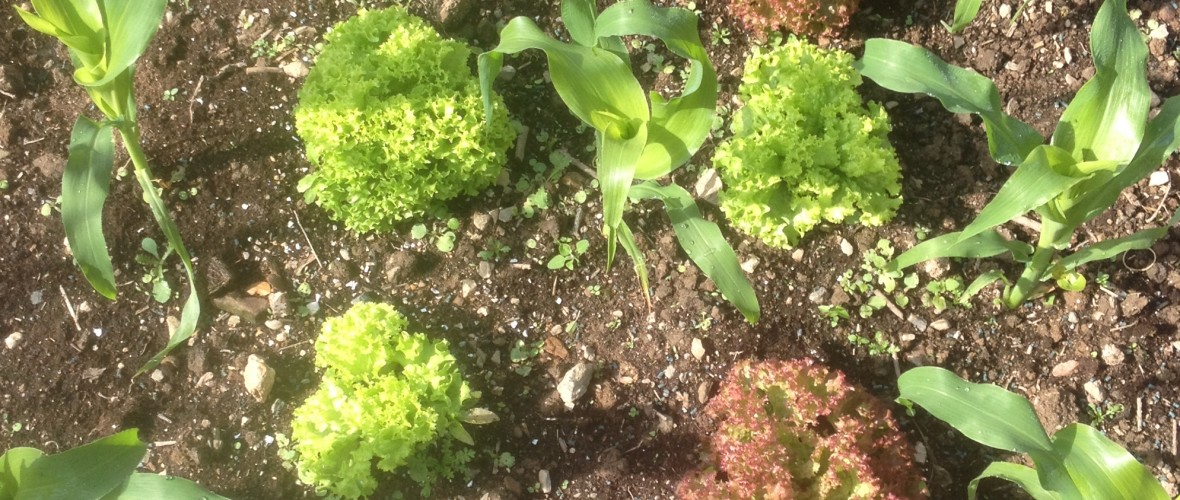If you’re choosing which veg plants to grow this spring you might be a bit concerned about the amount of space that everything takes up. If this is you, then we’re here with a cunning little tip to really maximise the space you have in your garden: Intercropping.
Intercropping vegetables is the clever practice of growing two or more different veg plants in close proximity to each other in order to make the most of the space you have. You can do this in two ways. You either place a slow growing plant right next to a fast growing plant or you grow a tall, leggy plant alongside a smaller, bushier plant allowing the sunlight to reach them both.
One example of intercropping is commonly practiced in South American countries where beans, sweetcorn and squash are all grown in the same space. The sweetcorn provides a tall, sturdy support for the beans to climb up, and the squash at the base stays low to the ground but doesn’t lose out on any sunlight. As the squash grows bigger, it becomes bushier providing ground cover which both suppresses weeds and prevents the soil from drying out so quickly. Clever stuff.
At home, you can try a bit of intercropping very easily by simply planting two or three plants together (alternately) in rows. As a general rule, fast growing leafy veg (lettuces, rocket, spinach, chard etc) are really great for intercropping as you can pop them between any slow growers (carrots, brassicas, beetroot, sweetcorn, beans) and they’ll still flourish.
Here are a few more examples:
Sweetcorn and lettuce – the sweetcorn grows tall and slowly, whilst the lettuce grows quickly between the sweetcorn plants.
Tomatoes and basil – tomatoes provide a little shade for the basil, preventing the basil from bolting.
Squash, beans and sweetcorn – see above!
Broccoli and spinach – broccoli is a slow grower and spinach is a fast grower, so these work well together.
Cabbages and carrots – carrots take up little space above ground so are easy to plant in between cabbages.
Onions and cabbages – the onions will grow before the cabbages get too big.

